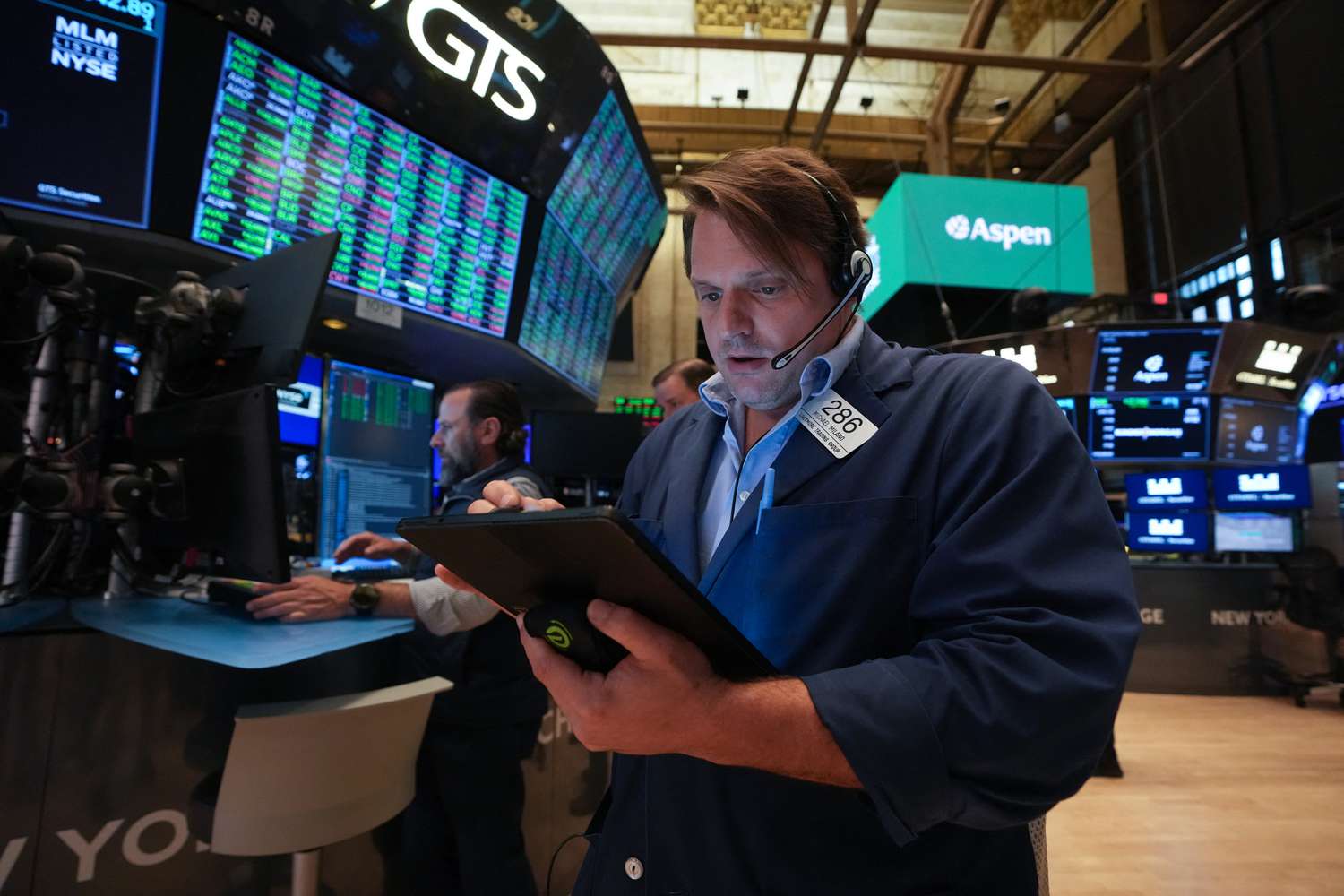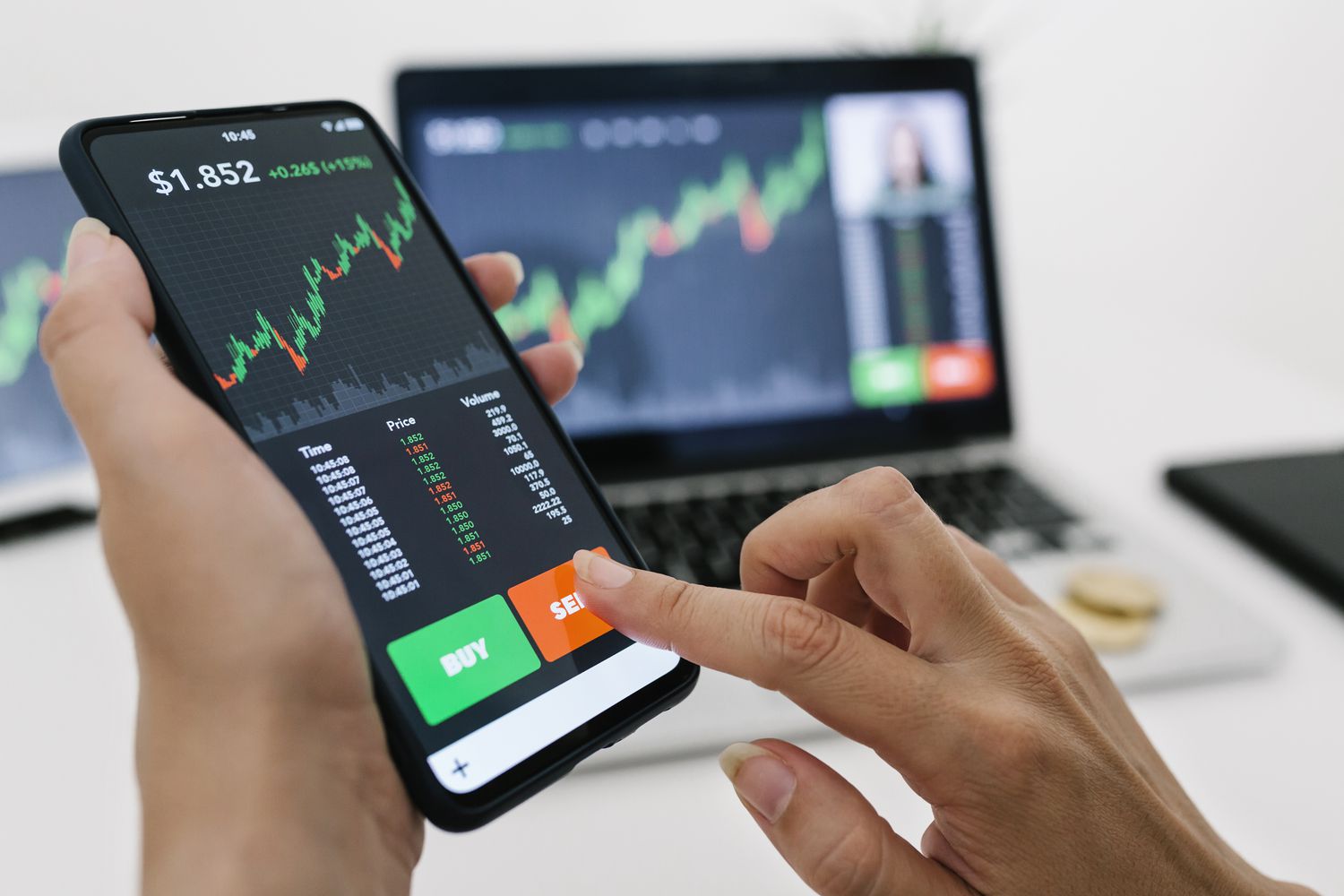Why this quant tool could set you up for the summertime stock market surge.
Editor’s Note: On Wednesday, the Federal Open Market Committee (FOMC)
chose to keep interest rates steady. Powell and the FOMC are standing still.
They’re not in panic mode, and I believe that’s the correct position.
Furthermore, my colleague, Luke Lango, sees a summer rally
approaching – and he’s built an easy-to-use quant tool that you can use to
profit. Every month, he’ll tell you what stocks to buy and sell based on a
number of factors, including growing revenue, trending upward and gaining analysts’ attention.
The tool is called Auspex, and you can learn more about it by clicking here.
Now, I’ll let Luke explain more about the summer rally that is fast approaching…
Everyone was expecting fireworks on Wednesday afternoon…
Here’s what I said on Wednesday, before the FOMC rate decision announcement and Fed Chair Jerome Powell’s press conference, in the Daily Notes I send my paid-up members…
Powell’s press conference will provide some much-needed clarity as to what the Fed will do in June. He will either sound dovish and open the door for a rate cut – which will send stocks soaring higher. Or he will sound hawkish and sound hesitant on cutting rates – which will send stocks plunging lower.
But instead, Powell and the FOMC were… nothing but damp sparklers.
They kept their benchmark rate unchanged, at a target of 4.25% to 4.5%. That was as expected. The fireworks were supposed to come from the Fed’s statement and Powell’s press conference.
However, Powell said the same thing he’s been saying for months.
“We don’t think we need to be in a hurry,” he said with regard to the potential for cutting rates. He said that there are cases where it would be appropriate to cut… or to stand pat.
The stock market’s response was damp as well. All three major indices ended the day less than a percentage point up from where they started.
No “soaring” or “plunging.”
And while that may be ho-hum news for set-it-and-forget-it index investors, it’s great news for self-directed investors.
So, let’s do a few things today…
Let’s review how we got here… and why I think we’re headed into a summer rally.
Plus, I’ll tell you why this will remain a stock picker’s market despite that rally.
Also, let’s take a peek at the quant tool my team and I built to help us find the best stocks in the market. It works in volatile times like these… and it will work even better once we get past them.
Plus, I’ll reveal one stock my tool and I picked that was a winner for us last month… and that we picked again this month.
This underappreciated “space economy” play is already blasting off and outperforming the market this month as well…
The Building Summer Rally
Stocks just endured one of the fastest and most violent crashes in modern history.
In early April, stocks plummeted 10% in just two days.
As a matter of fact, until last week, stocks were tracking for their third-worst year on record after dropping more than 12% in the first 74 trading days…
But then came the biggest comeback rally in the past 100 years.
Signs that the global trade war is rapidly deescalating blew strong winds into Wall Street’s sails – sparking a historic rally. And, just as fast as they crashed, stocks staged an epic rebound.
And, I believe, momentum is building.
Let’s start with May, when we expect the “trade dam” to break.
The pressure that’s been building since “Liberation Day” is finally forcing a breakthrough on the trade front.
Over the past week, multiple White House officials have suggested that several trade deals are nearly complete – especially with key allies. We just heard about one with the United Kingdom Thursday morning, in fact (that lit off some fireworks).
We expect more of those deals to be announced in May.
They’ll do more than just ease tariffs. They’ll slam the brakes on inflation fears, cool the geopolitical heat, and give the Fed the economic clarity it’s been waiting for.
Then we’ll move into June, where two catalysts will converge – and ignite a major market rally.
First, we expect a terrible May jobs report. That’s good news.
Weak jobs data will show the true employment cost of the “Liberation Day” tariff blitz, which began just after the last payrolls survey.
This will give the Fed every reason it needs to pull the trigger on its first rate cut of 2025 at the June FOMC meeting… or at least provide the sort of post-meeting fireworks we were looking for on Wednesday.
But that’s not all.
As trade deals are signed, pressure will mount on the U.S. and China to come to terms. We believe the nations will announce a framework deal, which would serve as the clearest sign yet that the trade war is winding down.
Then in July, we will get the final piece of the puzzle: tax cuts.
We expect Congress to finalize a massive tax reform bill extending – and potentially expanding –the 2017 tax cuts. By then, lawmakers will have the cover to push this bill through.
These positive catalysts will lead us into the 2Q earnings season, which kicks off in mid-July. Those reports should reflect easing cost pressures, improved demand visibility, and a surge in forward confidence. As such, we expect strong earnings, better guidance, and reaccelerating growth.
But make no mistake…
The Stock Picker’s Stock Picker’s Top May Pick
This isn’t a “buy everything and hope for the best” market.
Volatility is the new norm. We’re living in the Age of Chaos
Traditional buy-and-hold strategies don’t work like they used to.
And so, my team and I have developed what we believe is the ultimate stock-picking engine — a quantitative, machine-driven screener that helps you get in, get out, and get paid month after month in this Age of Chaos.
It scans the market for the rarest type of opportunity – stocks that are simultaneously:
- Growing earnings, revenues, and margins.
- Trending up across short- and long-term technicals.
- Getting attention from both analysts and traders.
These are the strongest stocks in the entire market at any given moment.
Then my team and I make the final call on which of those stocks we recommend to our subscribers.
And we’ve stress-tested it.
Over the past five years, it could have returned 1,054% — outpacing the S&P 500 by more than 10X. Even in rough stretches, it’s been able to sidestep crashes and capitalize on rebounds. In 2024, from July through December, while the S&P barely moved, it could have delivered a 24.3% return.
This model doesn’t require you to perform hours of research or constant monitoring. Just 30 minutes a month is enough to follow its signals.
In April, one of the most volatile months in stock market history, the S&P 500 dipped into bear market territory and then clawed its way back out to a just under 1% loss.
At the same time, one of this tool’s picks was Howmet Aerospace Inc. (HWM). In April, it took off for a 13.4% gain.
Our proprietary stock screener picked this aerospace and defense component specialist again earlier this month… and we agreed. So far in May, HWM shares are up 6.2% (and the top performer in our portfolio). Meanwhile, the S&P is up less than 2%.
We took this tool out of the “lab” and started using it live in June 2024. Since then, we’ve put it to the test in 10 monthly portfolios.
And with results like I just showed you with Howmet, it’s no surprise that this quant screener has, in six of those months, handily beat the market… and tied it once.
To show you what else this tool can do, I’ve participated in an event where I show you a lot more about how this tool works. It’s free to viewers.
Go here to watch it now.
Sincerely,
Luke Lango
Senior Analyst, InvestorPlace


















